Growing Awareness of Genetic Disorders
The Zinc Finger Nuclease Technology Market is witnessing growth driven by the increasing awareness of genetic disorders. As public knowledge about genetic conditions expands, there is a heightened demand for effective treatments and interventions. Zinc Finger Nuclease technology offers a promising approach to address these disorders through precise gene editing. The market is likely to see a rise in applications targeting various genetic diseases, as researchers explore the potential of this technology to correct mutations at the DNA level. This growing awareness not only fuels research and development efforts but also encourages collaboration between academic institutions and biotechnology companies. The emphasis on addressing genetic disorders underscores the relevance of the Zinc Finger Nuclease Technology Market in shaping the future of medicine and improving patient outcomes.
Rising Demand for Gene Editing Solutions
The Zinc Finger Nuclease Technology Market is experiencing a surge in demand for gene editing solutions, driven by the increasing need for precise genetic modifications in various fields. This technology allows for targeted alterations in DNA, which is crucial for developing therapies for genetic disorders. The market is projected to grow significantly, with estimates suggesting a compound annual growth rate of over 15% in the coming years. As healthcare systems worldwide prioritize personalized medicine, the adoption of Zinc Finger Nuclease technology is likely to expand, enabling researchers and clinicians to create tailored treatments that address specific patient needs. This trend not only enhances therapeutic efficacy but also reduces the risk of adverse effects, thereby fostering a more favorable environment for the Zinc Finger Nuclease Technology Market.
Advancements in Agricultural Biotechnology
The Zinc Finger Nuclease Technology Market is poised for growth due to advancements in agricultural biotechnology. As the global population continues to rise, the demand for sustainable agricultural practices becomes increasingly critical. Zinc Finger Nuclease technology facilitates the development of genetically modified crops that are resistant to pests, diseases, and environmental stresses. This technology has the potential to enhance crop yields and improve food security. Recent data indicates that the market for agricultural biotechnology is expected to reach several billion dollars by the end of the decade, with Zinc Finger Nuclease technology playing a pivotal role in this transformation. By enabling precise genetic modifications, this technology supports the creation of crops that can thrive in challenging conditions, thereby addressing the pressing challenges faced by the agricultural sector and contributing to the overall growth of the Zinc Finger Nuclease Technology Market.
Increased Investment in Biotechnology Research
The Zinc Finger Nuclease Technology Market is benefiting from increased investment in biotechnology research. Governments and private entities are recognizing the potential of gene editing technologies to revolutionize healthcare and agriculture. Funding for research initiatives has seen a notable uptick, with billions allocated to projects focusing on genetic engineering and synthetic biology. This influx of capital is likely to accelerate the development and commercialization of Zinc Finger Nuclease technologies, fostering innovation and expanding their applications. As research institutions collaborate with industry leaders, the resulting advancements could lead to breakthroughs in disease treatment and crop improvement. The growing financial support for biotechnology research underscores the importance of the Zinc Finger Nuclease Technology Market in addressing contemporary challenges and enhancing the quality of life.
Regulatory Support for Gene Editing Technologies
The Zinc Finger Nuclease Technology Market is experiencing favorable regulatory support, which is crucial for its growth. Regulatory bodies are increasingly recognizing the potential benefits of gene editing technologies, leading to the establishment of clearer guidelines and frameworks for their use. This supportive environment encourages investment and innovation within the industry. As regulations evolve, they are likely to facilitate the approval process for new therapies and genetically modified organisms, thereby expediting their entry into the market. The positive regulatory landscape not only enhances the credibility of Zinc Finger Nuclease technology but also instills confidence among stakeholders, including investors and researchers. This trend suggests a promising future for the Zinc Finger Nuclease Technology Market, as it aligns with the global push for sustainable solutions in healthcare and agriculture.


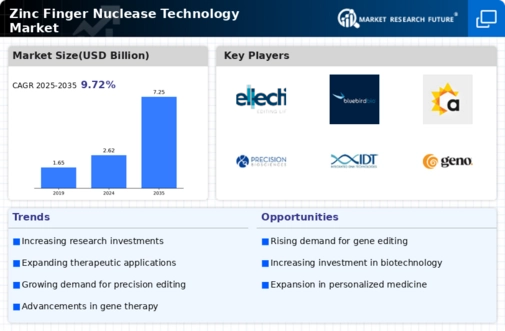
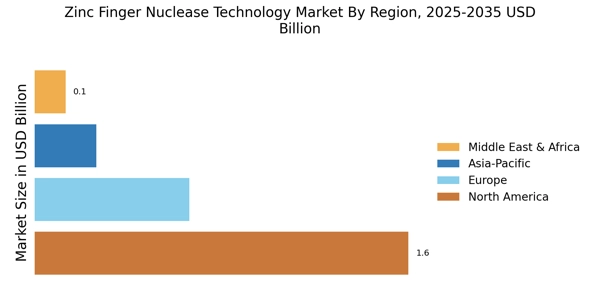
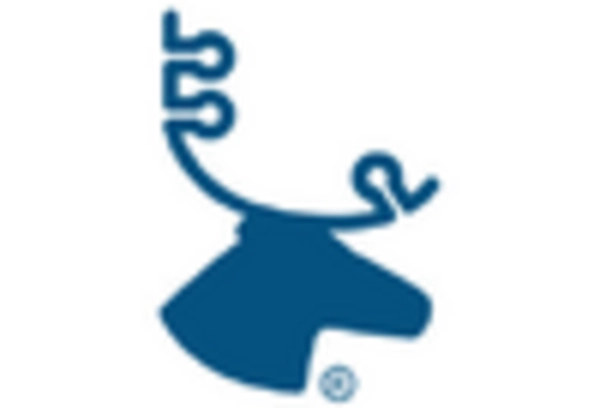
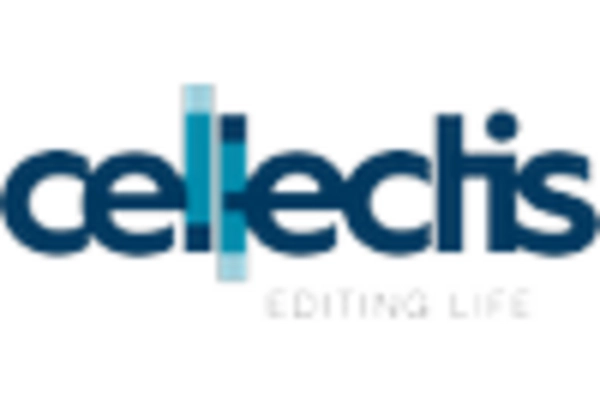
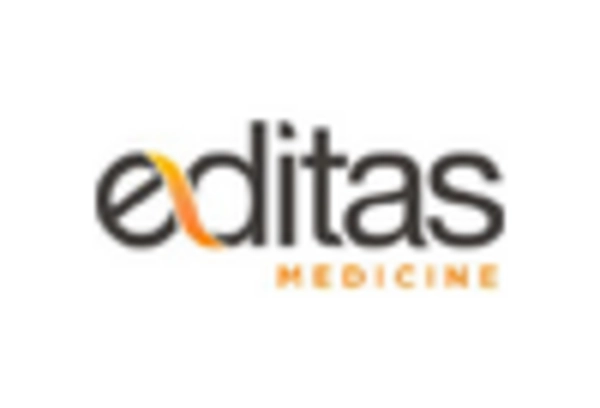
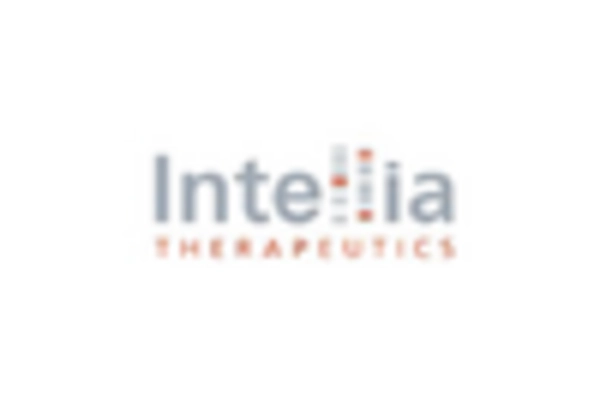
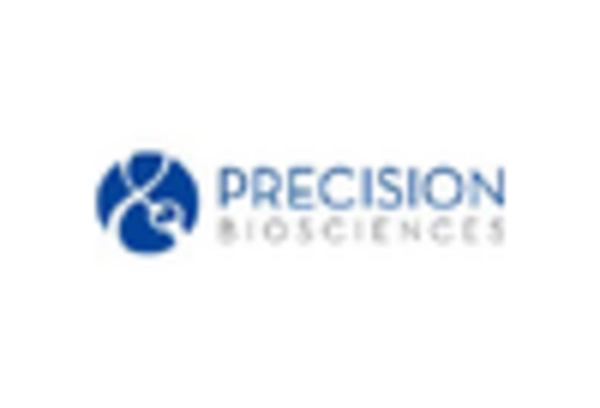









Leave a Comment